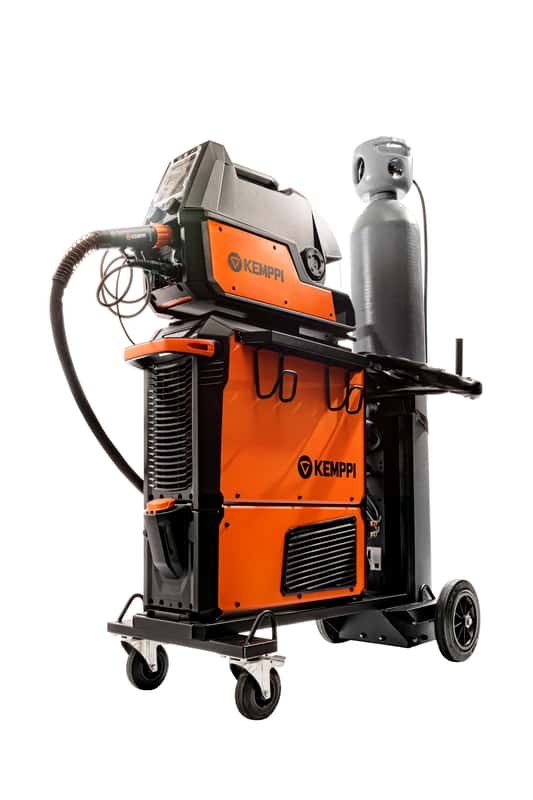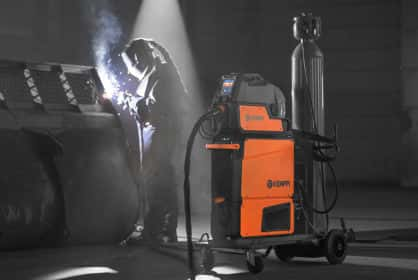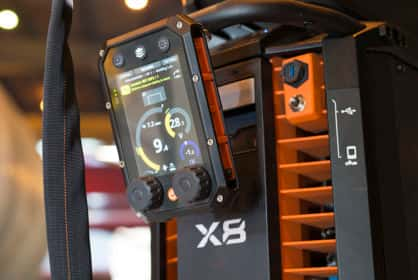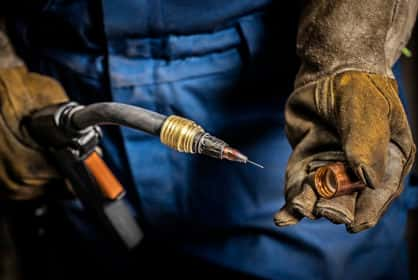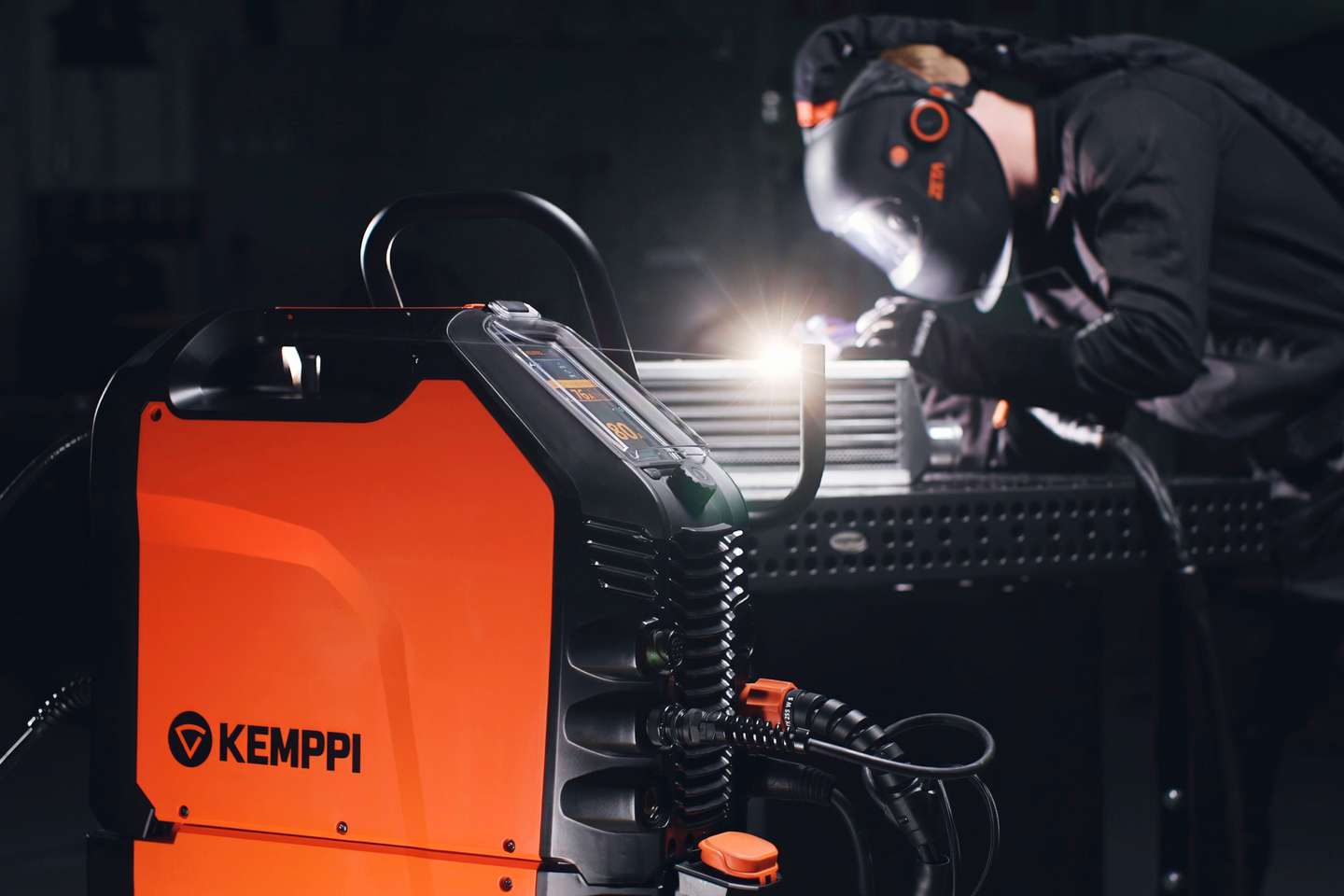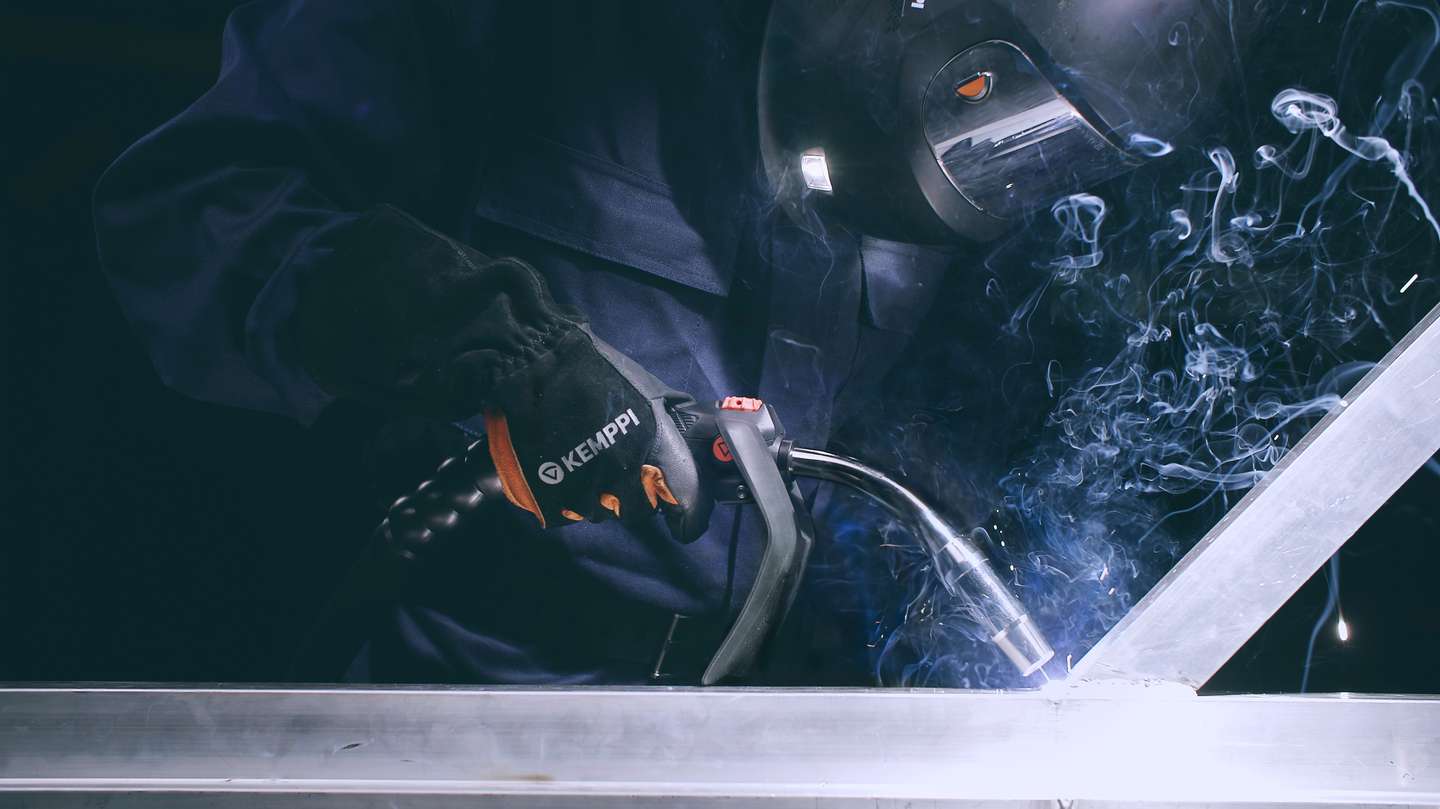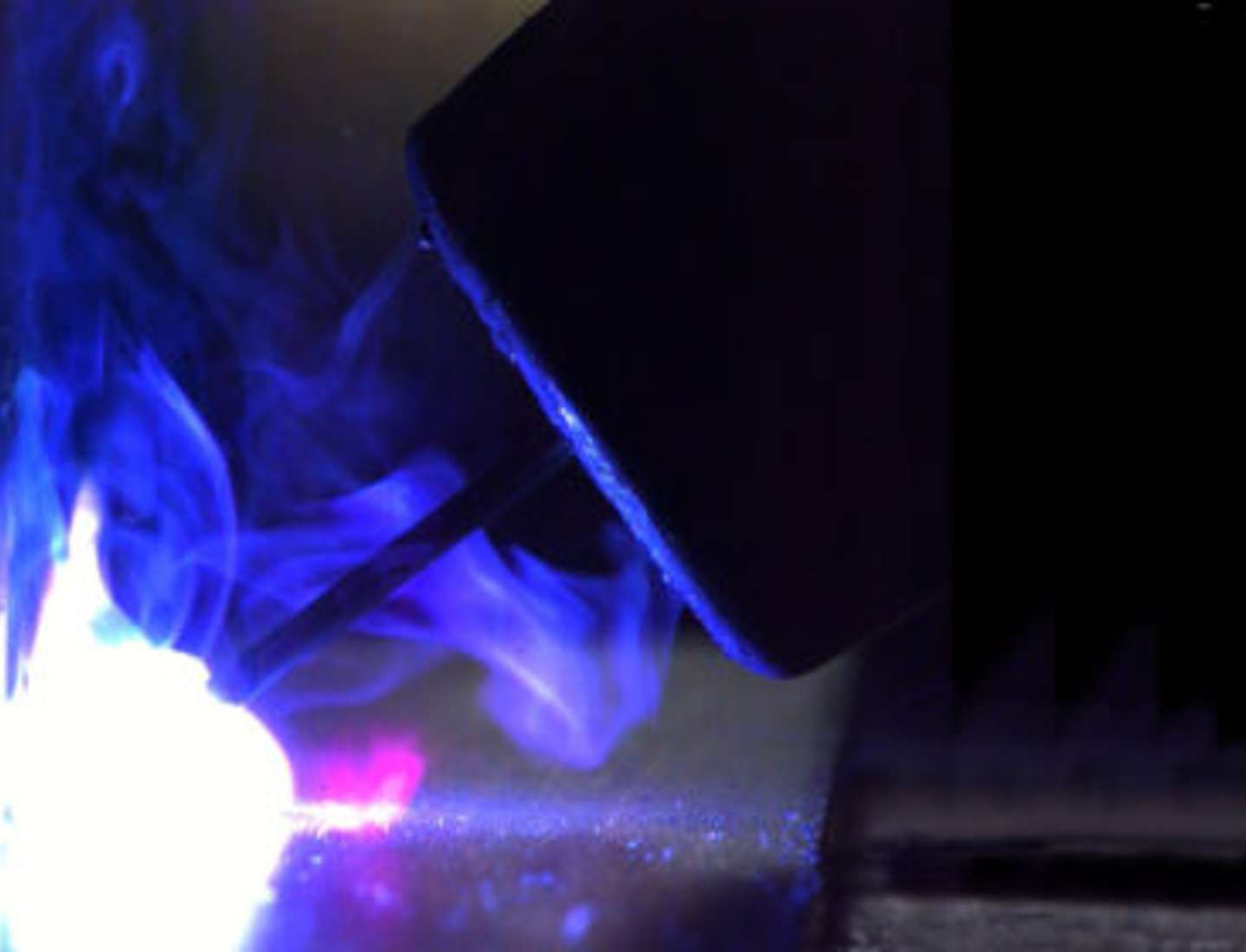
Manuelles Schweißen
Stable arc ignition improves welding quality and reduces costs
13. Dezember 2020
In MIG/MAG welding, arc ignition plays a key role in welding quality. Any instability will result in the post-weld cleaning of spatters, which eats up resources and hinders productivity in industrial environments. Available in modern welding equipment, new ignition-enhancing technologies offer additional control of the arc and support the craftsmanship of welders.
John Frost

John Frost
John Frost
Product Manager Portable, Compact, and System Class Equipment
